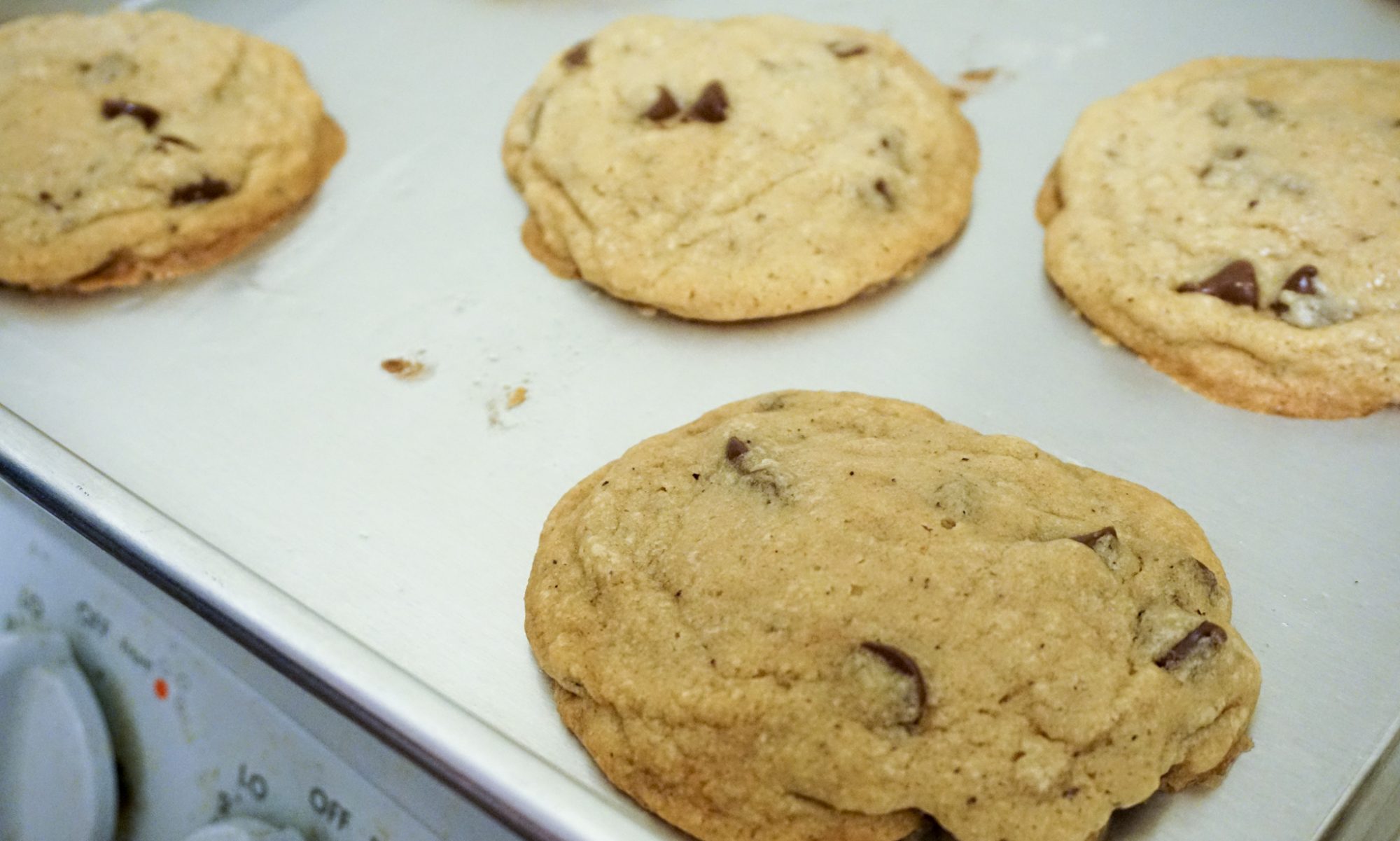Someone new(er) to living low waste asked what types of packaging I still buy. I’m pretty sure the asker just meant categories, like cans, glass jars, milk jugs, etc. However, I found it an interesting exercise and tried to enumerate all the things we regularly buy that come in packaging. I’m not counting durable goods that need some research before purchase, like clothing, shoes, cookware. These types of items can often be found at thrift stores anyway.
To find all the packaging we buy, I walked around the apartment looking in cupboards. I could have looked in the trash, but packages that we go through slowly wouldn’t have been included. But I’m sure I forgot something…
Here is everything that my household routinely purchases in packaging:
- flour in a paper bag
- rice in a plastic bag (we get the largest size medium-grain rice comes in, so there’s no point buying from a bulk store)
- butter in a cardboard box and wax paper
- mayo in a glass jar
- CSA produce that comes in cardboard box and occasionally wrapped individually in plastic or paper bags (I don’t have control over the CSA’s packaging, although I’ve been meaning to contact them about it. We buy from Imperfect Produce, and I value their food waste efforts too much to switch to a lower-waste delivery service or to buy everything at the farmer’s market.)
- some pasta in cardboard or plastic bags
- special Asian goods (weird noodles, uncommon spices, seaweed, etc) in plastic bags
- Asian sauces (soy sauce, sake, fish sauce, rice vinegar, etc) in glass bottles (I’m interested in making these, but many require long periods of fermentation- on the order of years)
- various cooking oils in either glass bottles or metal tins
- canned tomatoes
- soymilk in aseptic packaging (we go through a lot)
- occasionally cheese and meat which are almost always in plastic wrap
- toothpaste in plastic tube
- Dr. Bronner’s soap in 1-gallon plastic bottle (have only bought this once ever, so who knows when it’ll run out)
- dishwashing detergent in cardboard box (planning to get it in bulk next time)
- rinse aid in plastic bottle (have only bought this once ever also)
- laundry detergent in plastic bottle or cardboard bottle with plastic liner
- toilet paper in plastic wrap (switching to wrapped in paper, higher post-consumer recycled content, and cheaper!)
- condoms in cardboard box and foil wrappers
- J buys shampoo in a plastic bottle
- J buys Dr. Bronner’s bar soap in paper
- J buys mouthwash in a plastic bottle
You can see that these items fall almost entirely into two categories: food and cleaning. We cook a lot of Asian food, and those ingredients aren’t available in bulk in the US because they’re not common enough. Cooking more standard Western food would reduce our food-related waste by a lot.
I think that’s an exhaustive list. I got carried away once I realized that it was even possible for me to make a complete list. But I hope it’s not off-putting! I’ve been de-wastifying my life for a long time, and it’s taken several years for me to get to this point. And you discover that there’s some stuff you just have to buy, like mayonnaise for me.
I buy non-consumables, like cookware and clothes, at thrift stores, which have no packaging.
